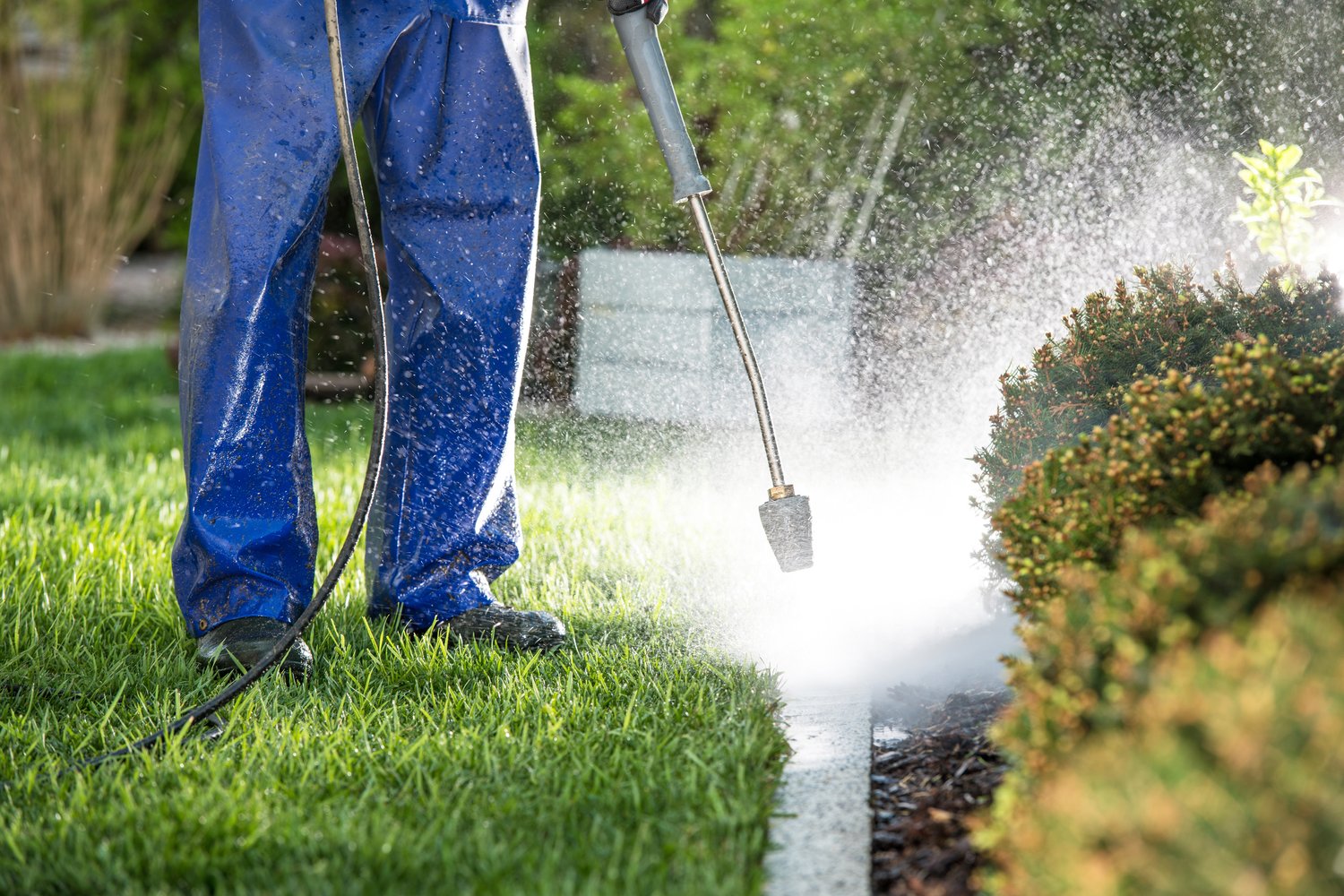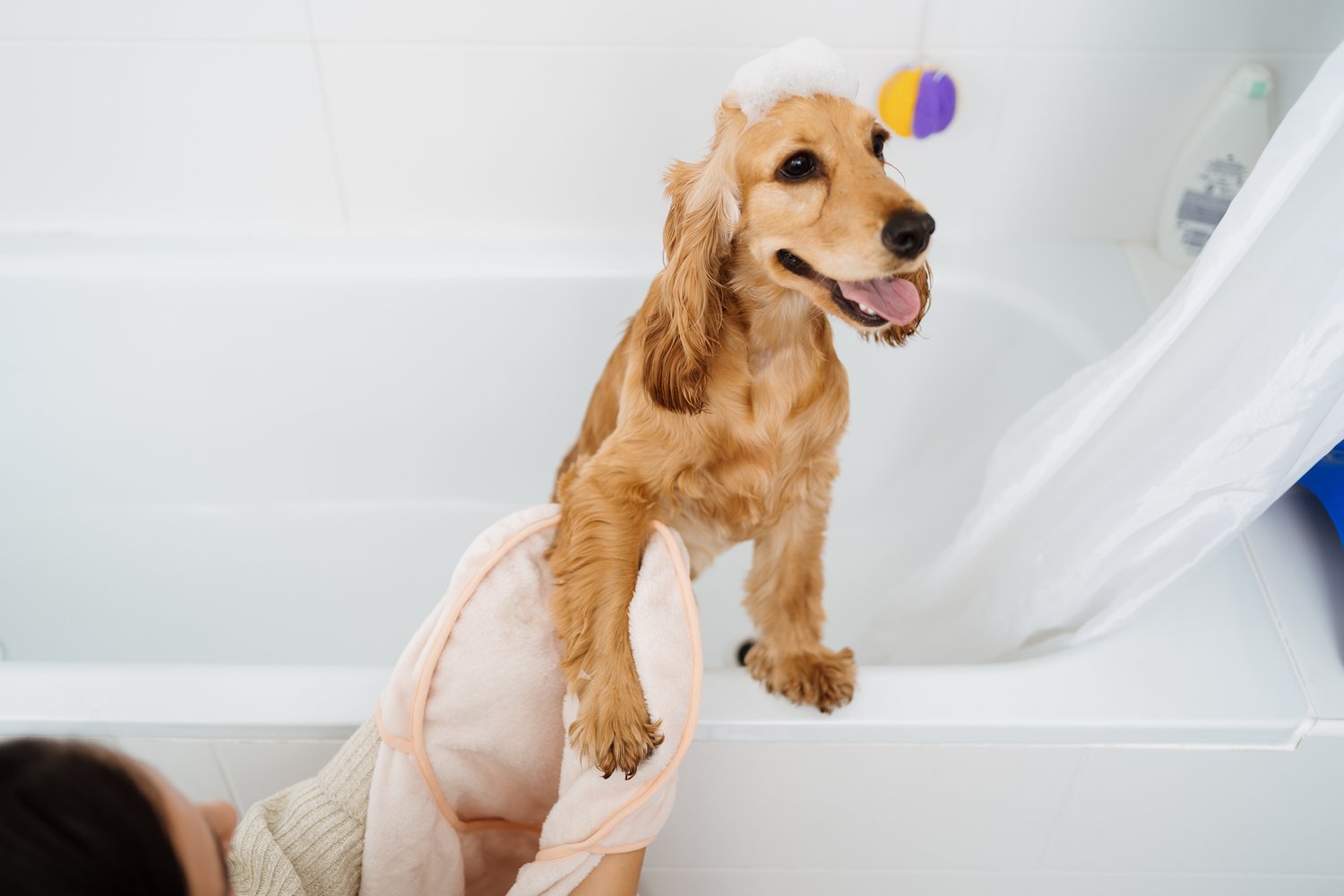Pressure washing can breathe new life into tired, dirty pavers, restoring their original beauty and extending their lifespan. However, using a pressure washer incorrectly can damage your pavers, wash away joint sand, or even create uneven surfaces. This article explores the correct techniques for pressure washing pavers, equipment recommendations, and important precautions to take before beginning this cleaning project. Whether you’re tackling a residential walkway or a commercial patio, understanding these best practices will help you achieve professional results without compromising your hardscape investment.
Understanding Your Pavers Before Cleaning
Not all pavers respond to pressure washing in the same way. Concrete pavers generally tolerate pressure washing well, while natural stone, clay, or brick pavers require more caution. Before you begin pressure washing your patio, it’s important to identify the material of your pavers and understand their specific cleaning requirements. Older or already damaged pavers need gentler treatment, as high-pressure water can exacerbate existing problems. Additionally, recently installed pavers should typically cure for at least 60 days before any pressure washing occurs. This initial knowledge will guide your approach to safe paver cleaning and help you avoid potential damage.
Necessary Equipment and Preparation
For effective and safe power washing of your patio, you’ll need the right equipment. A residential-grade pressure washer with 1300-1800 PSI is typically sufficient for most paver cleaning jobs. Commercial units with higher PSI should be used with extreme caution and at a reduced pressure setting. Before beginning, gather your pressure washer, appropriate nozzles (a 25-40 degree fan tip is recommended), paver cleaner or degreaser, a stiff brush, and protective gear including safety glasses and closed-toe footwear. Always test your pressure washer on an inconspicuous area first to determine the appropriate pressure level and technique for your specific pavers.
Proper Pressure Washing Technique
The correct technique is crucial when pressure washing pavers to prevent damage. Begin by thoroughly sweeping the surface to remove loose debris. Apply an appropriate paver cleaner according to the manufacturer’s instructions, allowing it to sit for the recommended dwell time. When ready to wash, hold the pressure washer wand at a consistent distance of about 12 inches from the surface, working in a steady, overlapping pattern. Maintain this distance and avoid focusing the spray on one spot for too long, which can etch the surface. Work in manageable sections, keeping the wand at a 30-45 degree angle rather than direct-on, which can force water deep into the joints. This methodical approach to power washing your patio will yield the best results while minimizing potential damage.
Addressing Common Paver Problems
Pressure washing can effectively tackle common paver issues, but each requires specific approaches. For algae and moss growth, pre-treat the area with a specialized cleaner before pressure washing. Oil stains may require a degreaser application and potentially multiple cleaning passes. Rust stains often need chemical rust removers before gentle pressure washing. For stubborn organic stains, experts at AskHomey recommend oxygen bleach solutions that are effective yet safe for most paver materials. Remember that some discoloration may be permanent, especially if it has penetrated porous pavers over time. Understanding these variations in cleaning approaches is an essential part of paver cleaning precautions that help maintain your hardscape’s integrity.
Post-Cleaning Care and Maintenance
After pressure washing, your pavers will need proper aftercare to maintain their clean appearance and structural integrity. Allow the pavers to dry completely, which typically takes 24-48 hours depending on weather conditions. Once dry, inspect the joints for sand loss, as pressure washing inevitably removes some of the joint material. Replenish with appropriate polymeric or regular jointing sand as needed, following the manufacturer’s application instructions. Consider applying a quality paver sealer after cleaning to enhance color, prevent staining, and reduce future maintenance needs. Establishing a regular cleaning schedule—typically once or twice per year—can prevent the buildup of difficult stains and extend the time between intensive pressure washing sessions.
When to Call a Professional
While many homeowners can successfully pressure wash their own pavers, certain situations warrant professional assistance. If your pavers are significantly damaged, extremely old, or made of delicate materials like natural stone, professional cleaning is recommended. Commercial-grade equipment in inexperienced hands can cause serious damage. Additionally, extensive staining, large areas, or pavers in poor condition may benefit from professional techniques and specialized equipment. Professionals also have access to commercial-grade sealants that provide superior protection. If you’re uncertain about any aspect of the pressure washing process, consulting with a paver specialist can save you from costly mistakes and ensure your hardscape maintains its beauty and functionality for years to come.
For more tips and to connect with reliable home service professionals, follow AskHomey on Facebook and Instagram.



